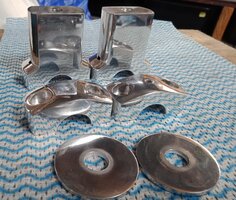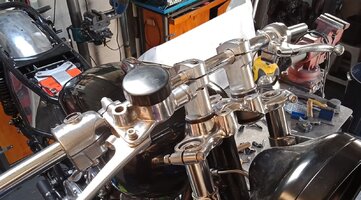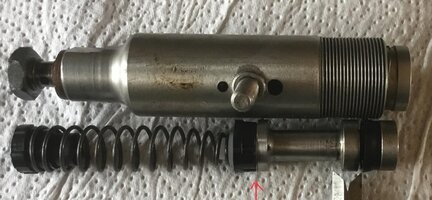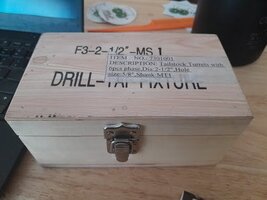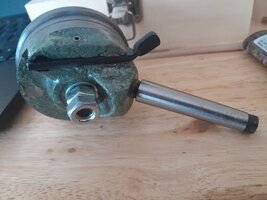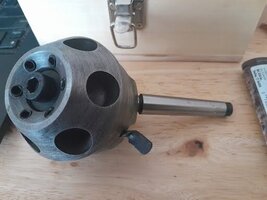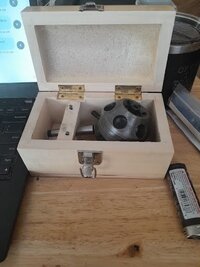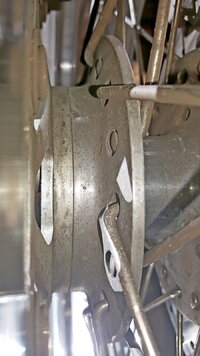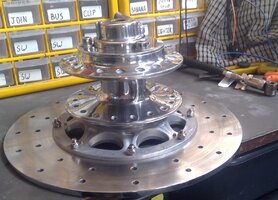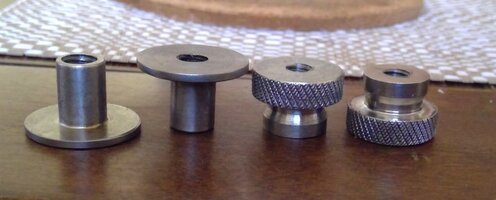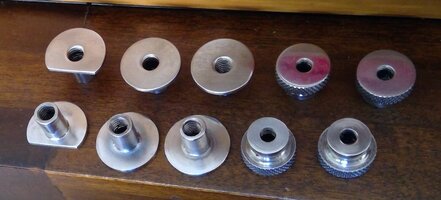I've had five 'real' lathes, all but one made in China, the odd one out was made in Taiwan. Why so many? Well, I was moving all the time for a 25 year period, so rather than ship them all around the country, I'd sell them and buy a new one when I got to wherever I was going. It's always exciting to buy a new whatever: House, car, lathe, mill, motorbike, you know the feeling. And believe me, second hand Chinese lathes sell like hot cakes with very good resale.
So, why Chinese? Simple they are cheap, if you buy from a big distributor, parts are available and you get a warranty. And, they are quality machines!
My last buy was about 10-12 years back: An Impala 280 x 600. Never heard of the brand before and the distributor was just a small outlet, who never got any more in after I bought mine, and I suspect I would gave been one of just a few sales. I bought it based on build quality. Most Chinese lathes are covered in bog before painting to smooth the rough castings, the Impala had no bog whatsover.
It has served me well despite not having auto cross feed, geared head, gearbox and the auto longitudinal feed works off the change gears, lead screw and half nuts.
As it turned out, the Impala is a re branded Optimum Maschinen, a German manufacturer operating in China. Parts are probably not available anymore as Optimum moved to variable electronic speed control shortly after I bought mine and some of the other bits and pieces differ from the newer models.
I had to replace the on/off switch which broke a year or two ago, and while I was at it I replaced the rotary forward reverse switch with a toggle and rewired it to suit. Aside from the on/off switch, I've never had to replace anything else. It should outlast me.
In between lathes I looked at so called 'real' machines: Myford, Southbend, Hercus, etc. But decided not to pursue them as I didn't want to spend my time and money bringing them up to a workable machine. I already have a number of hobbies, I didn't want to add 'restoring old lathes' as another!
I used a vertical slide on my lathes for years for milling operations, so I don't see any problem with a two in one, after all, it is one step up from a vertical slide.
These risers were made on a lathe, using a vertical slide for the milling.
You don't need a big lather either, I made two stainless steel master cylinders for a Triumph (similar to that in the picture) back in the early 90s on my first lathe, a 9x20. Plus a number of other parts.
So, why Chinese? Simple they are cheap, if you buy from a big distributor, parts are available and you get a warranty. And, they are quality machines!
My last buy was about 10-12 years back: An Impala 280 x 600. Never heard of the brand before and the distributor was just a small outlet, who never got any more in after I bought mine, and I suspect I would gave been one of just a few sales. I bought it based on build quality. Most Chinese lathes are covered in bog before painting to smooth the rough castings, the Impala had no bog whatsover.
It has served me well despite not having auto cross feed, geared head, gearbox and the auto longitudinal feed works off the change gears, lead screw and half nuts.
As it turned out, the Impala is a re branded Optimum Maschinen, a German manufacturer operating in China. Parts are probably not available anymore as Optimum moved to variable electronic speed control shortly after I bought mine and some of the other bits and pieces differ from the newer models.
I had to replace the on/off switch which broke a year or two ago, and while I was at it I replaced the rotary forward reverse switch with a toggle and rewired it to suit. Aside from the on/off switch, I've never had to replace anything else. It should outlast me.
In between lathes I looked at so called 'real' machines: Myford, Southbend, Hercus, etc. But decided not to pursue them as I didn't want to spend my time and money bringing them up to a workable machine. I already have a number of hobbies, I didn't want to add 'restoring old lathes' as another!
I used a vertical slide on my lathes for years for milling operations, so I don't see any problem with a two in one, after all, it is one step up from a vertical slide.
These risers were made on a lathe, using a vertical slide for the milling.
You don't need a big lather either, I made two stainless steel master cylinders for a Triumph (similar to that in the picture) back in the early 90s on my first lathe, a 9x20. Plus a number of other parts.
Attachments
Last edited:

